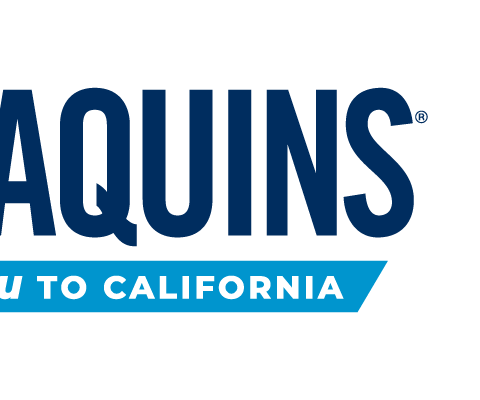Come the first Monday of September, Labor Day marks the unofficial end of summer. But there is much more to this holiday than barbecues and the notion that fall is right around the corner.
Labor Day was forged by the labor movement of the late nineteenth century. Many workers during this time felt they were underpaid and overworked. Conditions at their places of employment also lacked adequate safety. These workers banded together to fight for higher wages, shorter workdays and improved working conditions.
Before it was adopted as an American federal holiday, Labor Day was first recognized by labor activists and individual states. Although New York was the first state to introduce a bill, Oregon actually was the first to pass a law recognizing Labor Day, which the state first celebrated on Feb. 21, 1887. Four more states followed suit that year. By the end of the decade, three more states passed Labor Day holiday laws.
In recognition of the momentum of Labor Day at the state level, and with the adoption of the holiday by another 23 states by 1894, Congress passed an act on June 28, 1894, officially making the first Monday in September a legal holiday each year.
The United States is not alone in devoting a holiday to celebrate its labor history and honor the contributions of workers. Canada celebrates Labour Day to remember the rights of workers, which include paid holidays, medical care, fair hours, union wages, and safe workplaces. Labour Day was declared a legal holiday by the Parliament of Canada on July 23, 1894. The earliest Labour Day celebrations were held in the spring, but eventually were moved to September.





